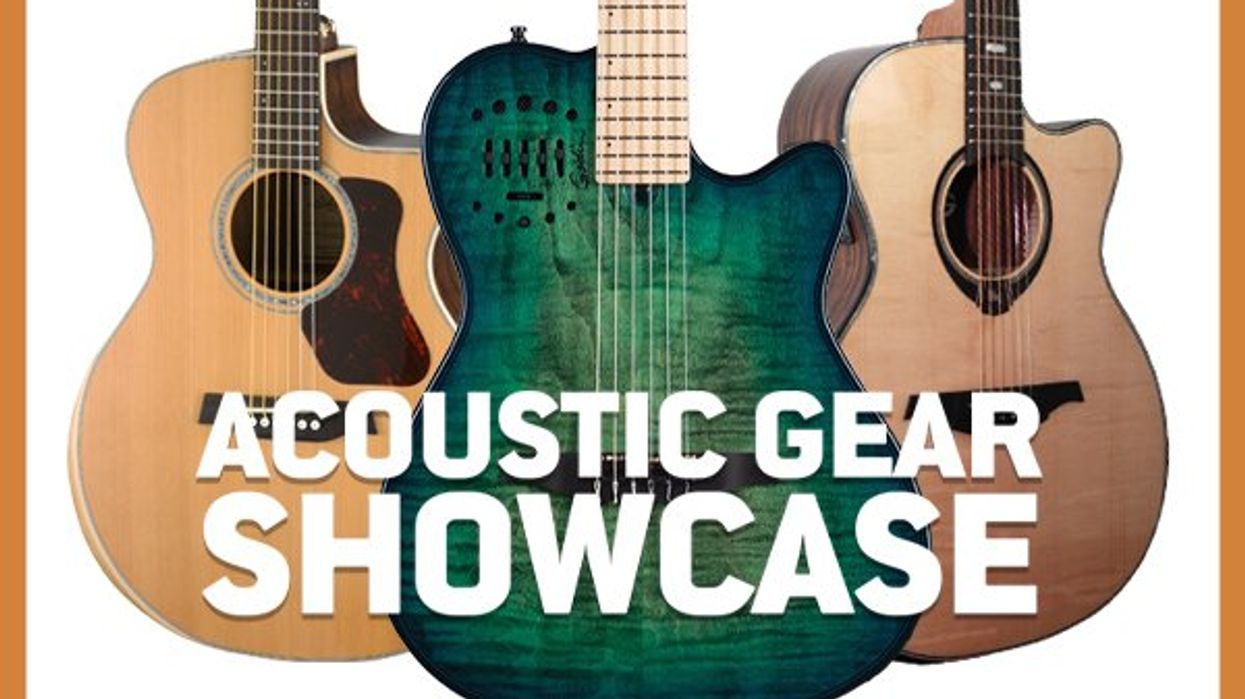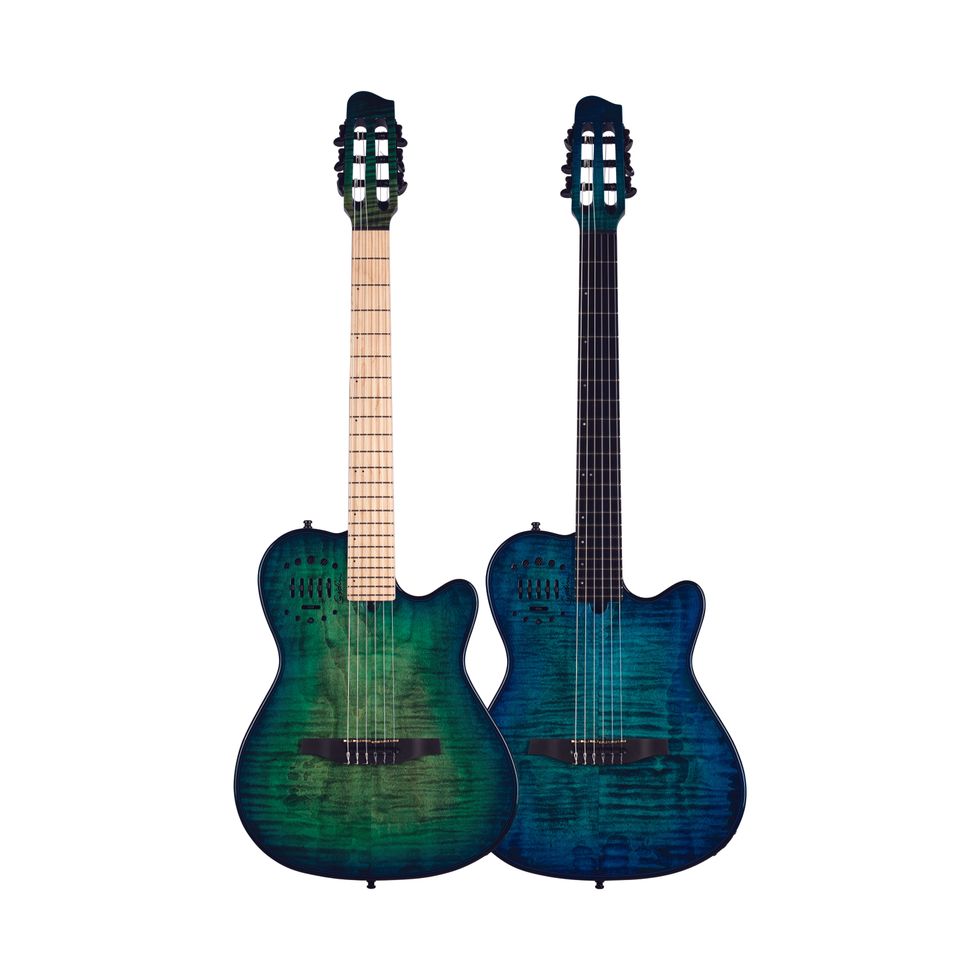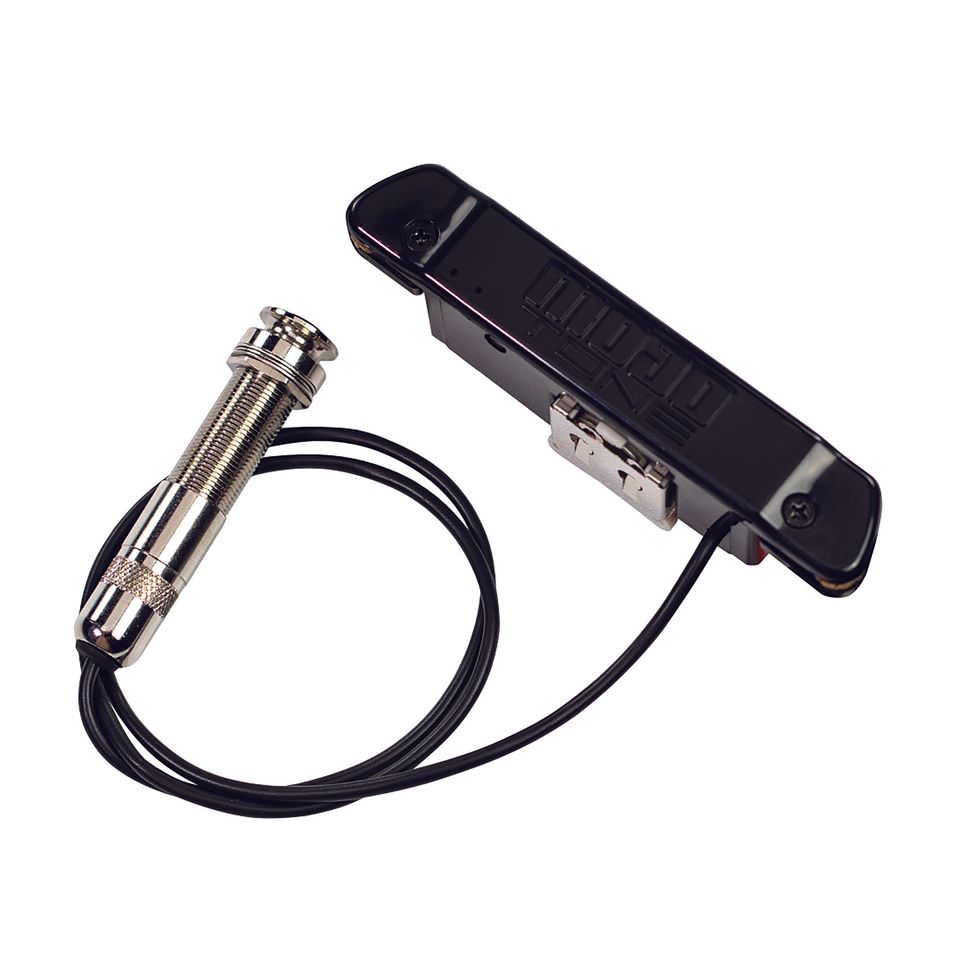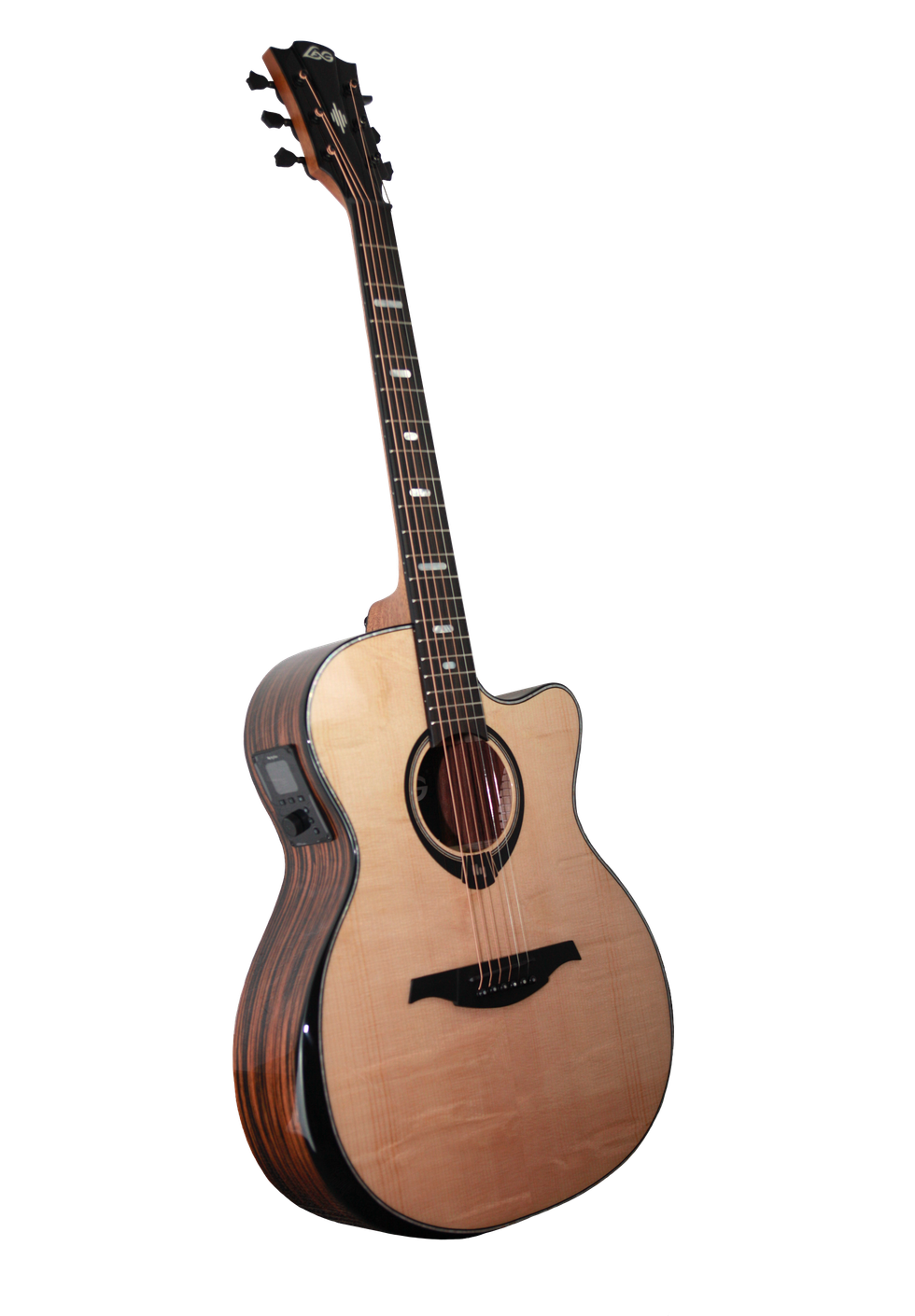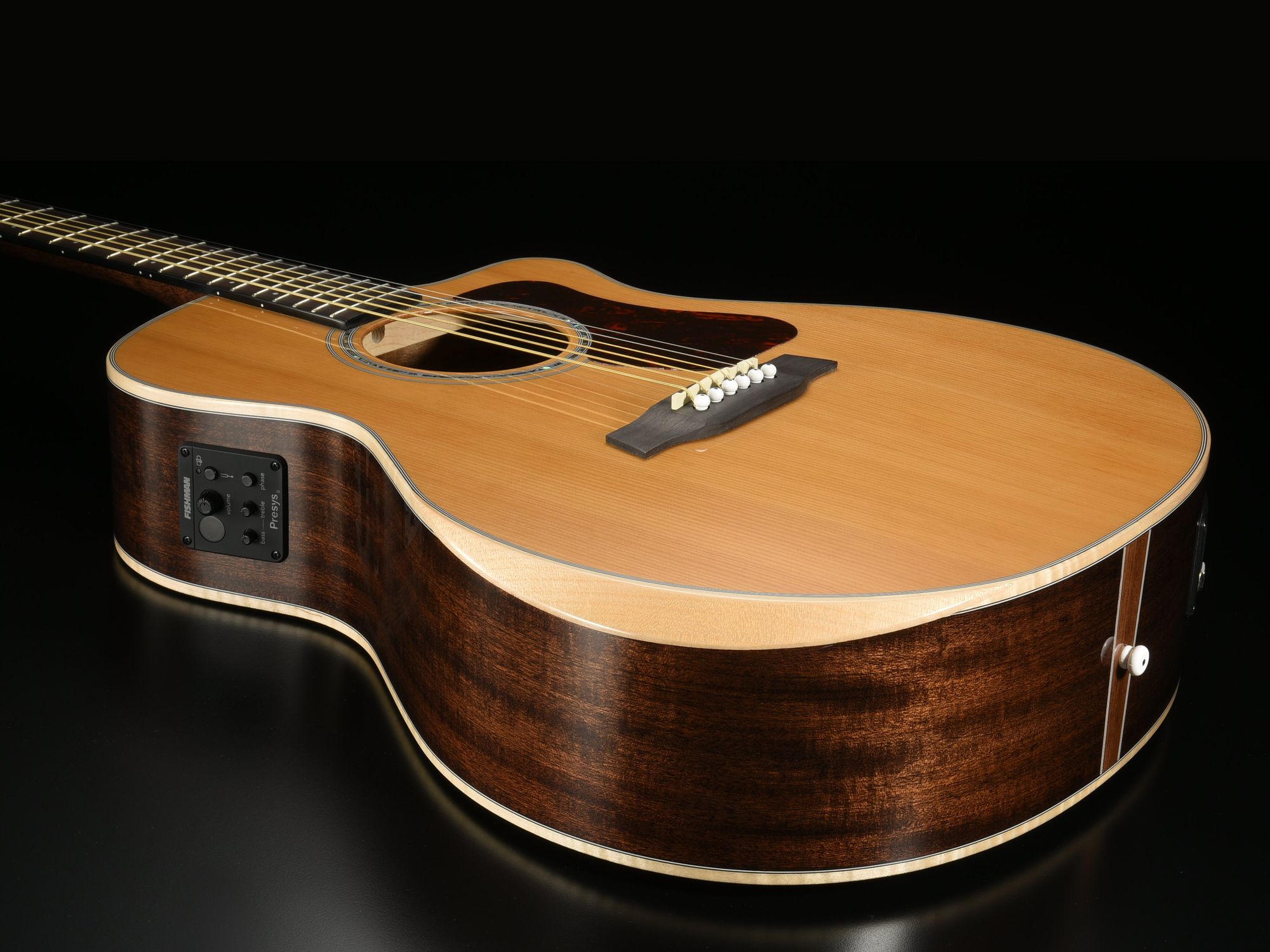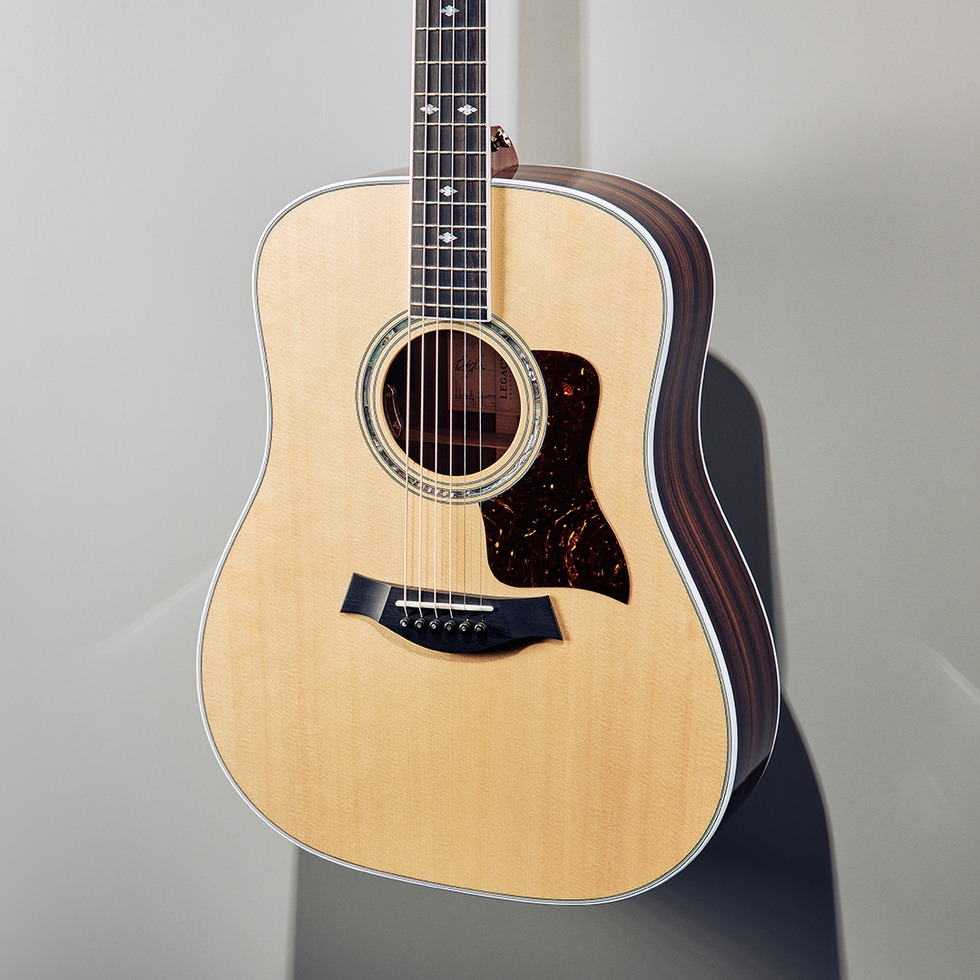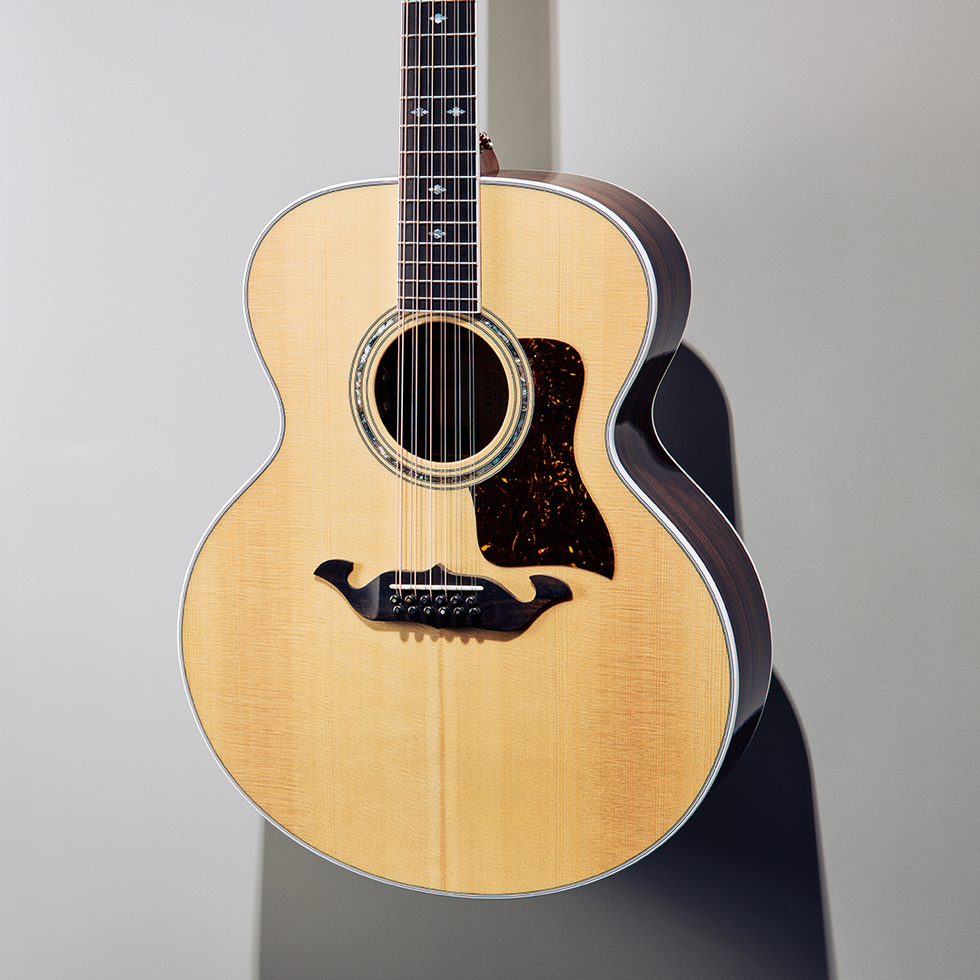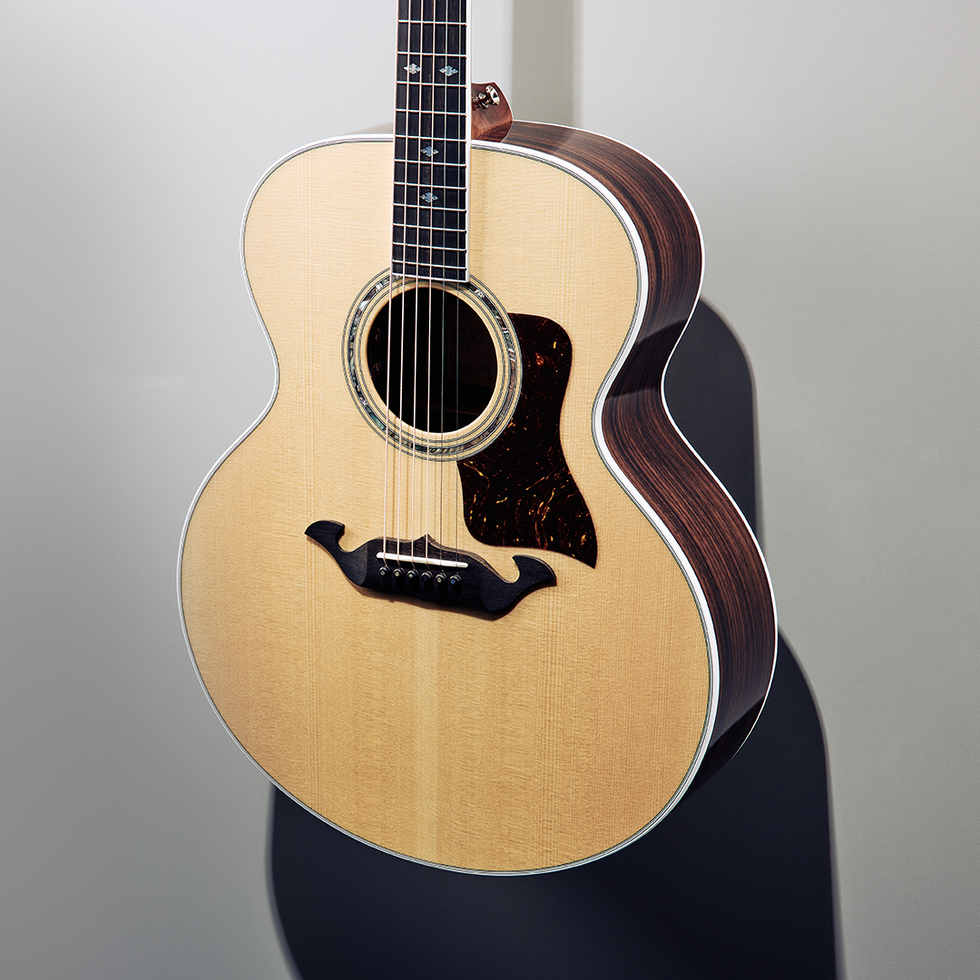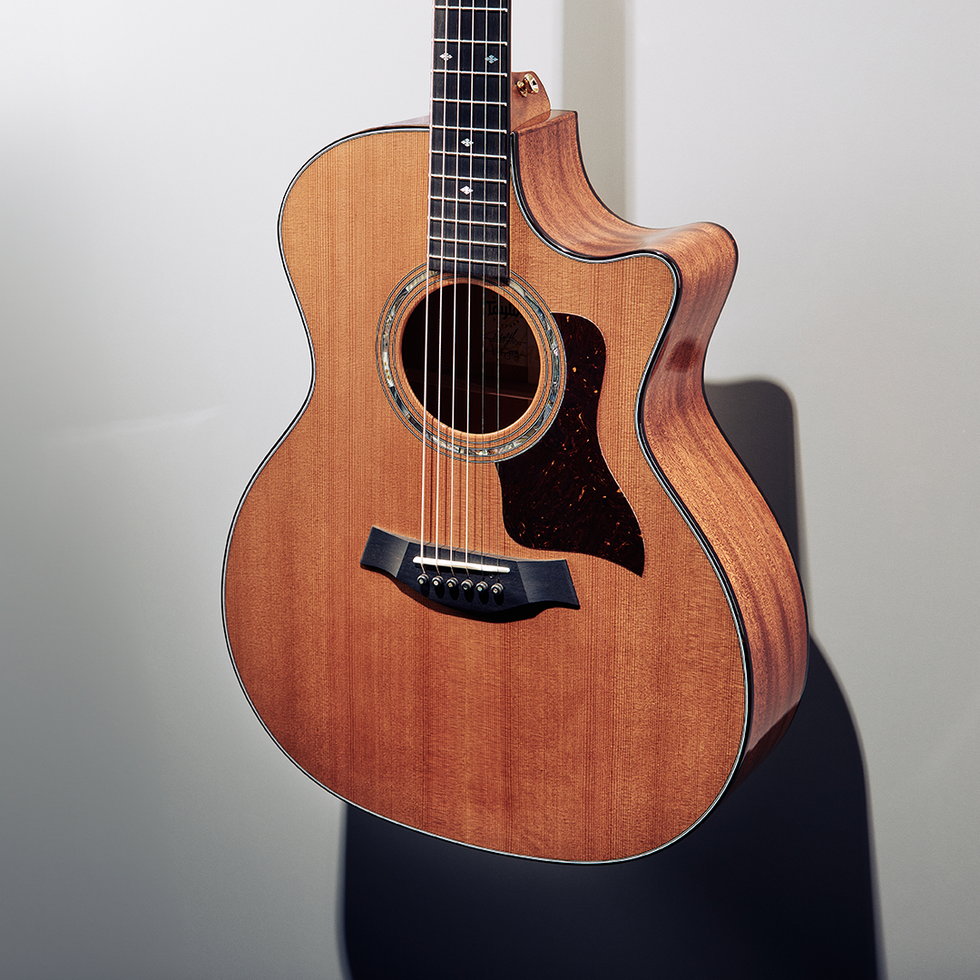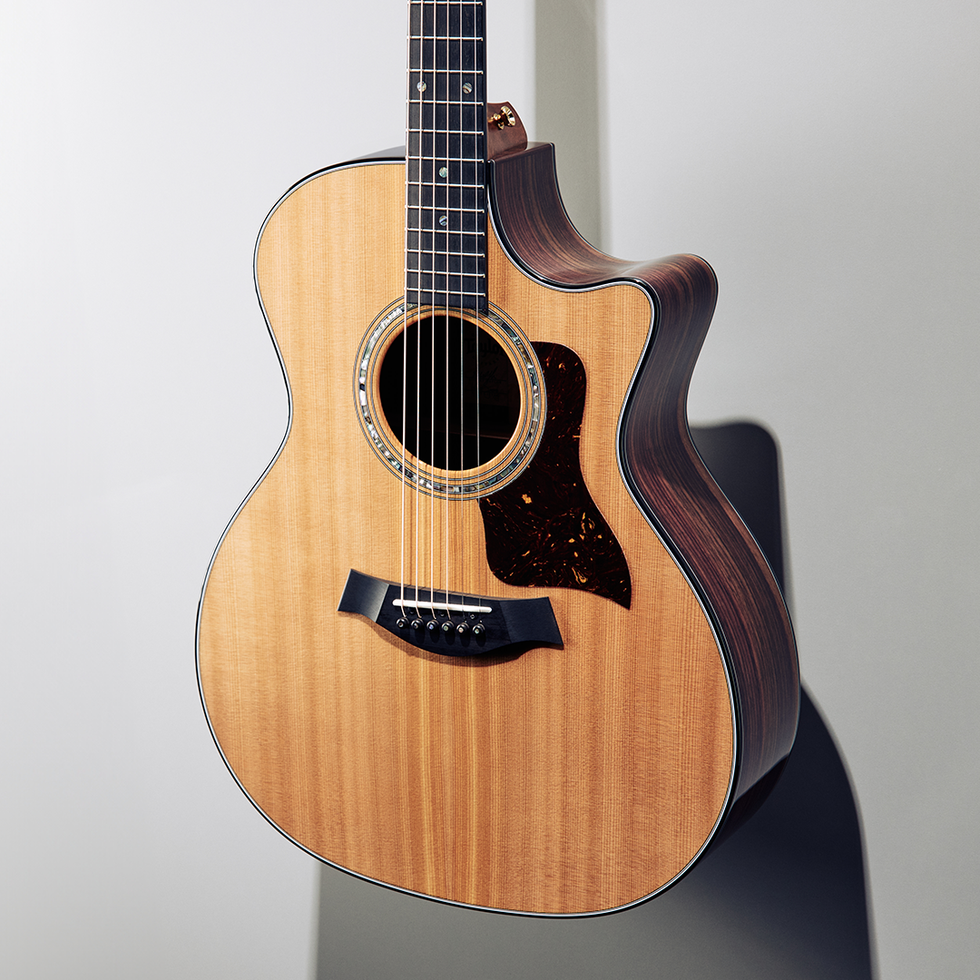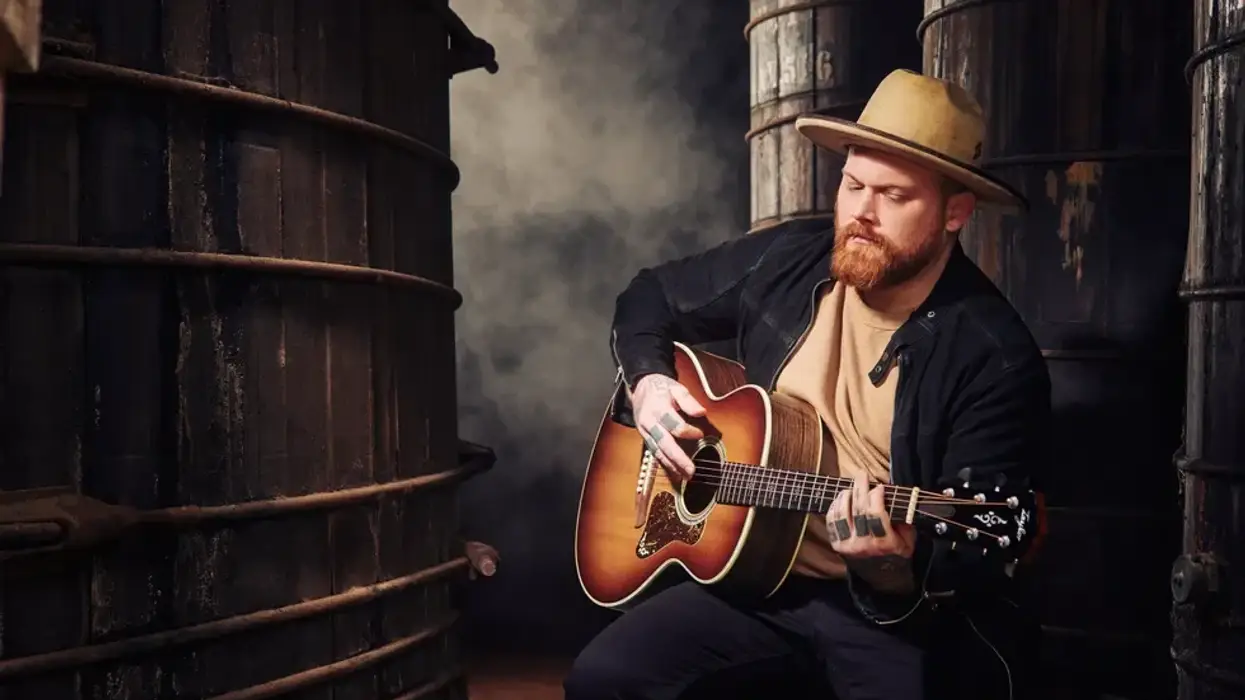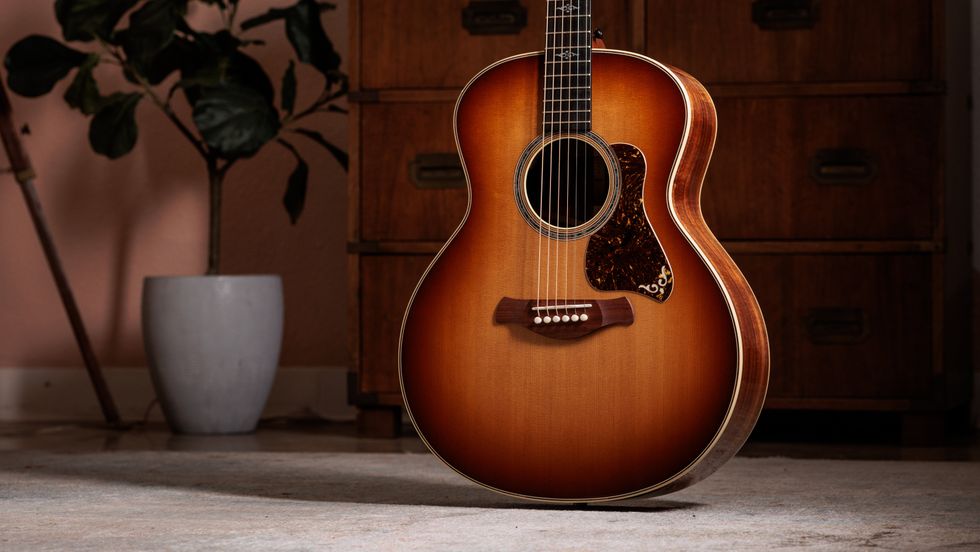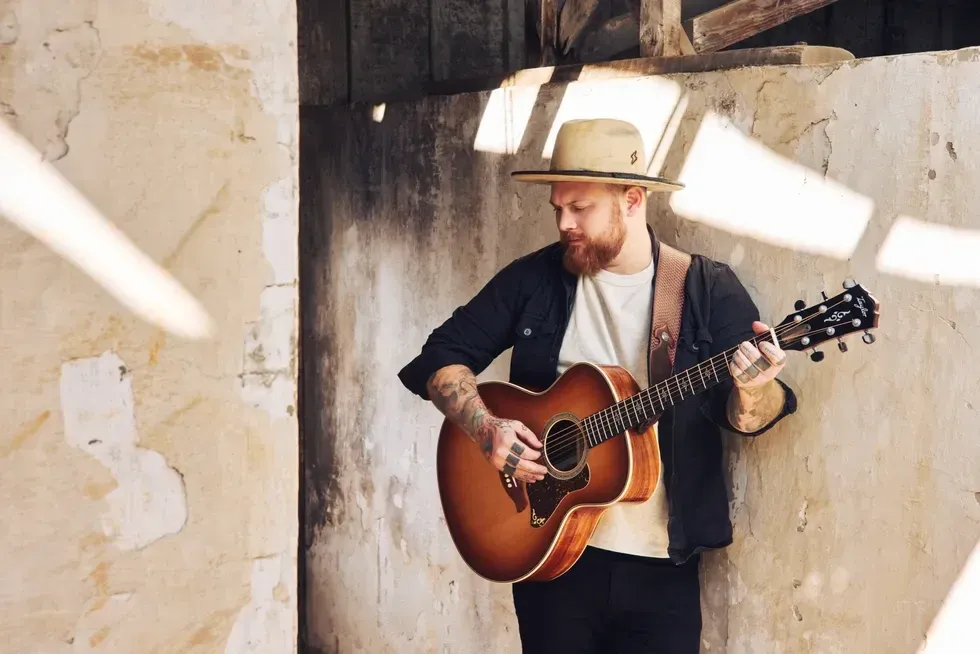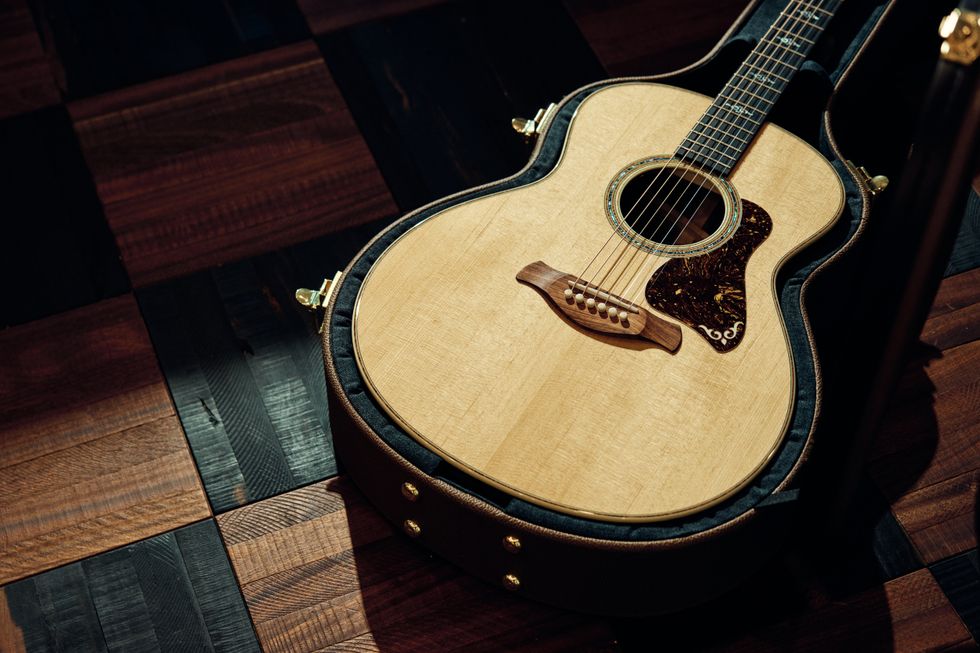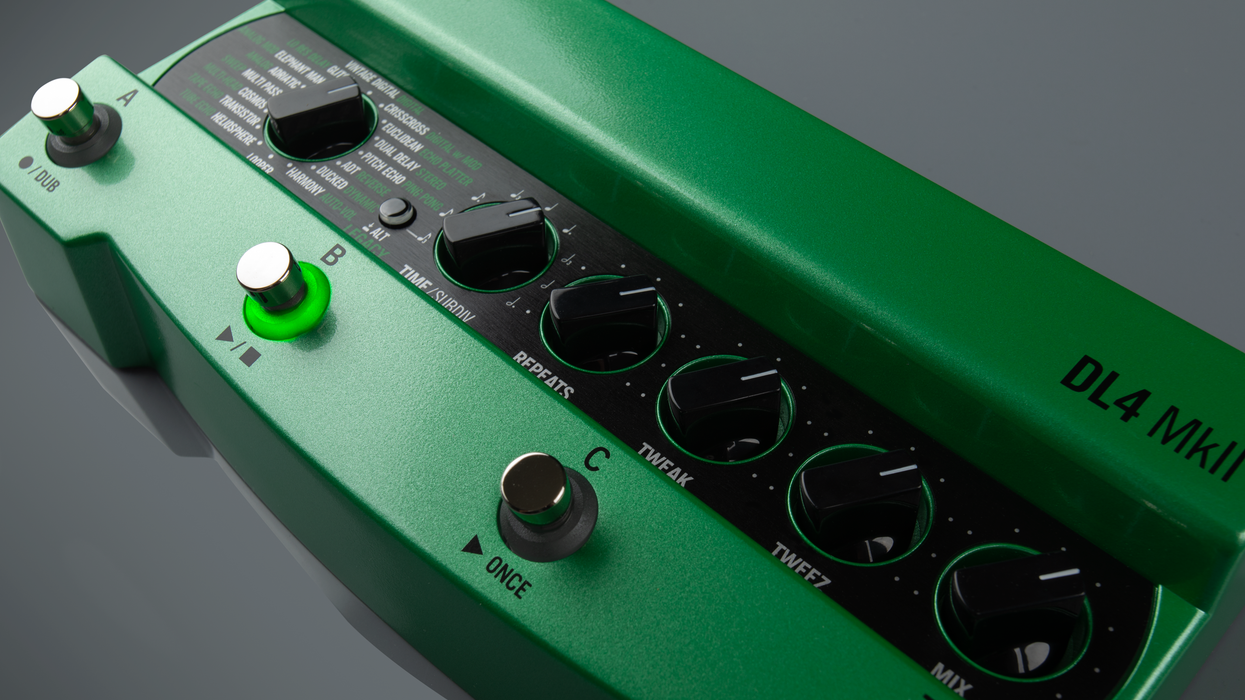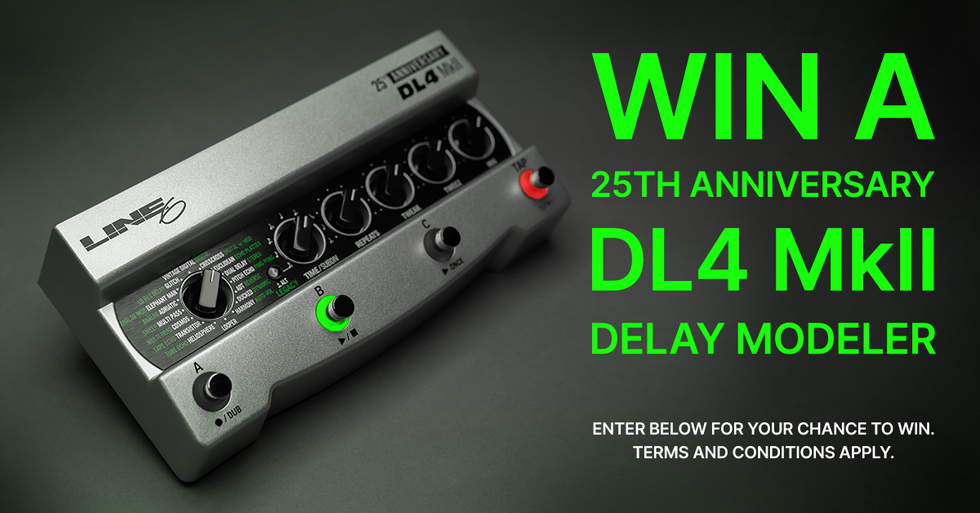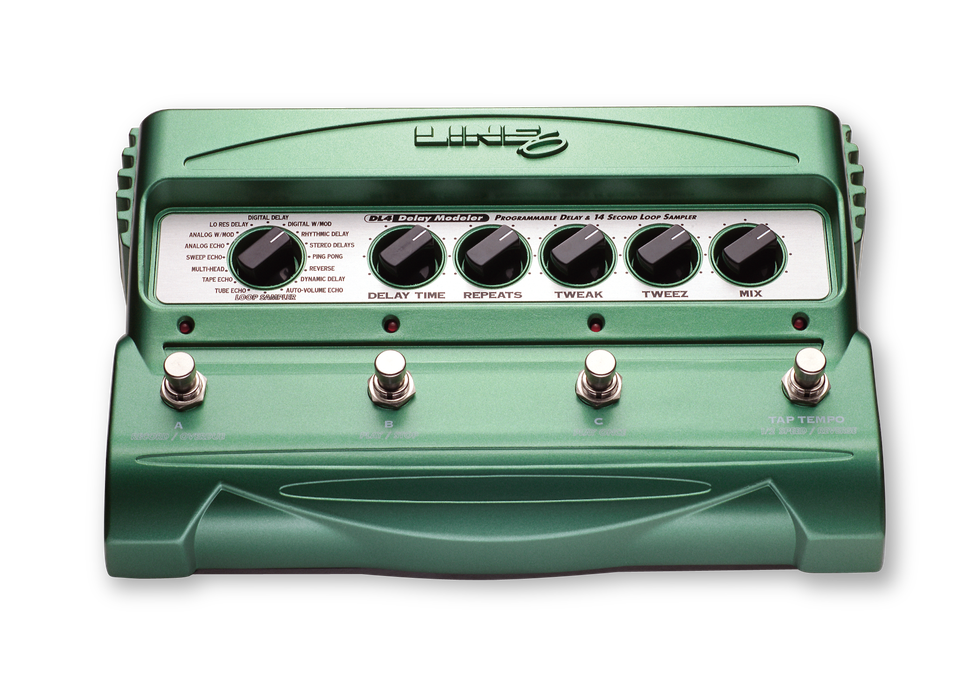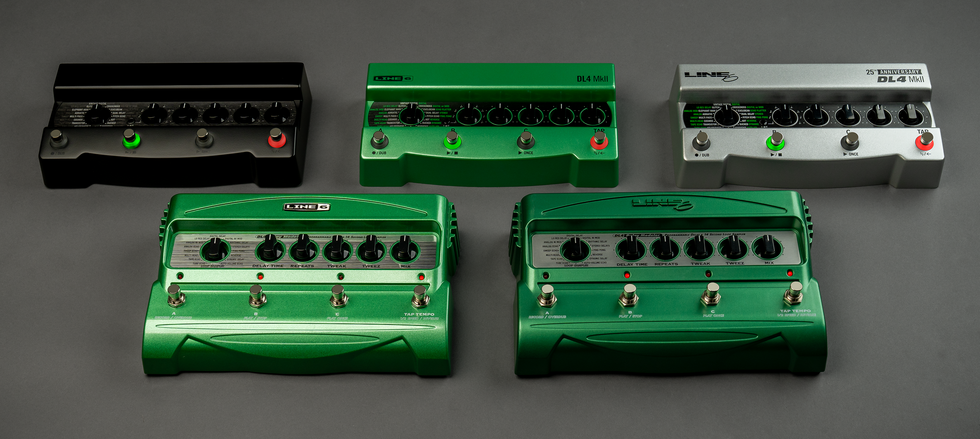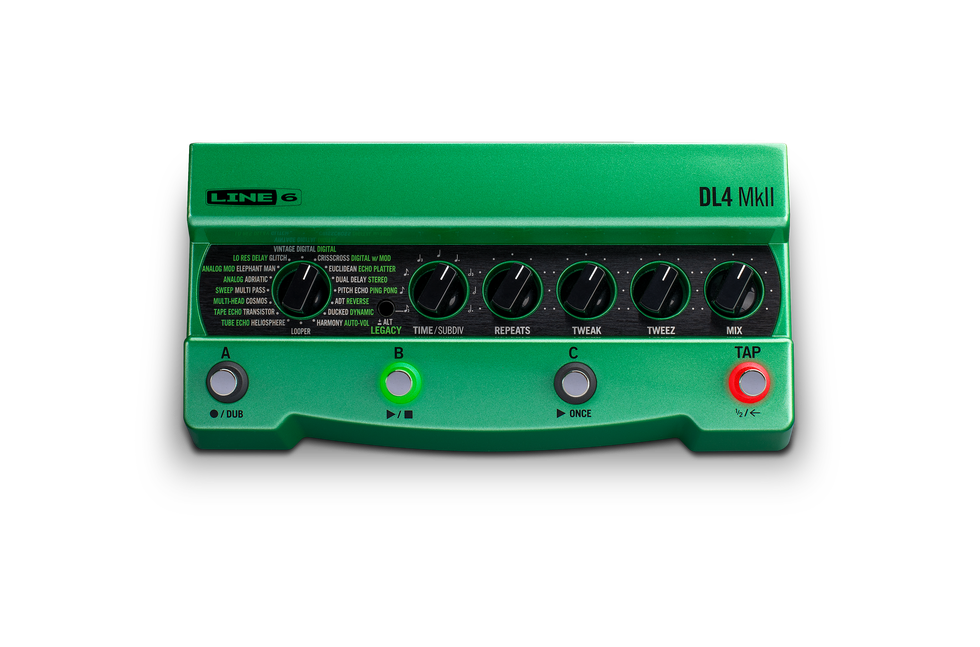This year marks a watershed for Taylor Guitars as the company celebrates its 50th anniversary of building high-quality instruments and contributing to the global music community. Over the past five decades, Taylor has grown from a small guitar shop in California to one of the world’s most innovative and respected guitar manufacturers. This milestone is being commemorated with several exciting initiatives, including a limited-edition anniversary guitar collection and the launch of American Dreamers, a new podcast miniseries featuring Taylor’s co-founders, Bob Taylor and Kurt Listug.
A Limited-Edition 50th Anniversary Collection
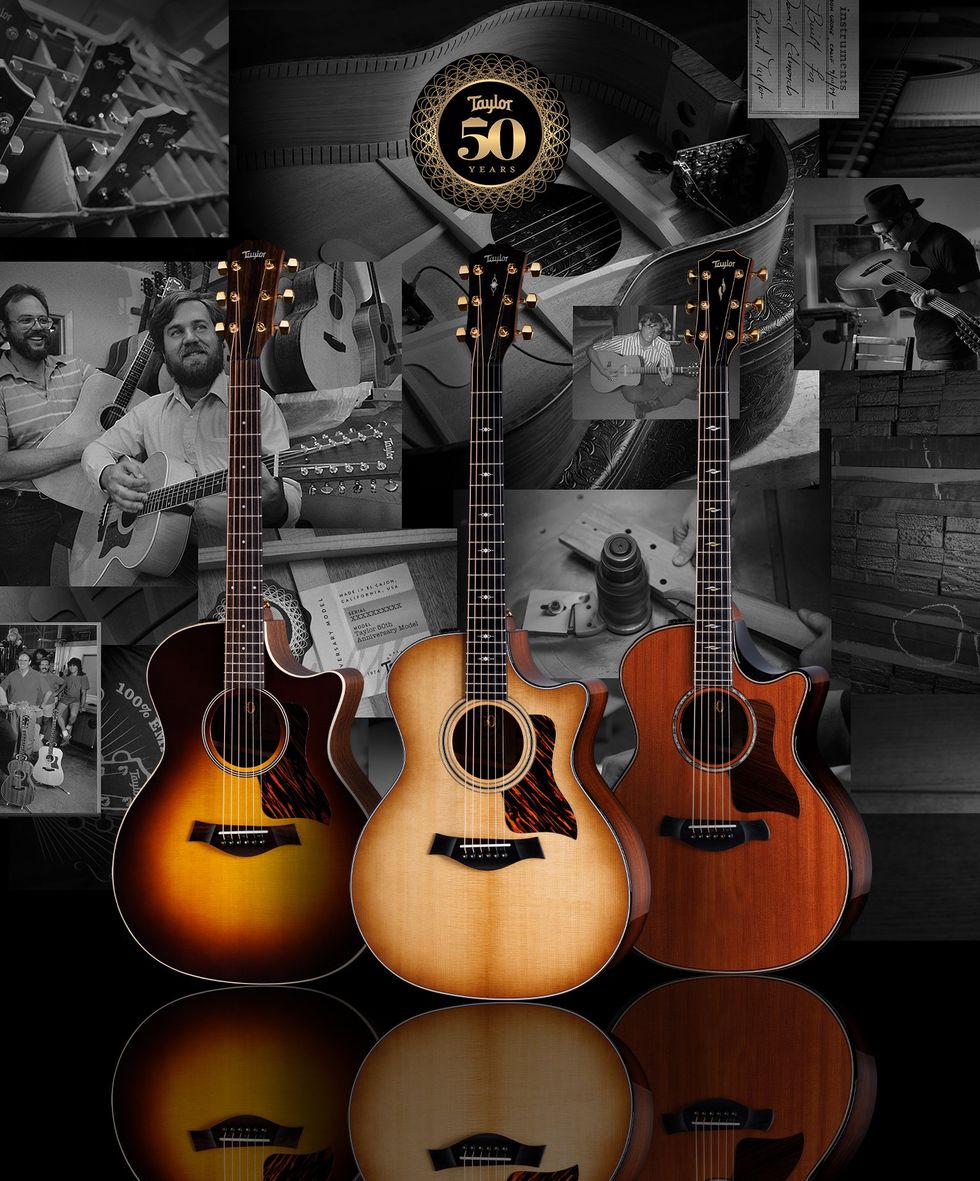
Three standouts in Taylor’s new 50th Anniversary Collection.
To kick off the celebrations, Taylor has introduced the first wave of models from its limited-edition 50th Anniversary guitar collection. These instruments, featuring exclusive appointments and designs, are crafted to honor Taylor’s tradition of innovation and excellence. Throughout the year, additional models will be released, each representing a chapter in Taylor’s journey over the past half-century.
In addition to the guitar collection, Taylor has launched a detailed timeline on its website that chronicles the company’s major milestones, innovations, and breakthroughs. This interactive resource allows fans and guitar enthusiasts to explore the evolution of Taylor Guitars and learn about the advancements that have set the company apart in the industry. From pioneering guitar designs to their commitment to sustainability, Taylor’s history is a testament to the company’s enduring passion for quality and innovation.
American Dreamers: A Podcast Miniseries
One of the most exciting parts of Taylor’s anniversary celebration is the release of American Dreamers, a podcast miniseries that offers listeners a unique glimpse into the history of the company through candid conversations with co-founders Bob Taylor and Kurt Listug. The podcast, hosted by Taylor’s Director of Sales, Dave Pelletier, dives deep into the personal and professional lives of Bob and Kurt, tracing their early beginnings and exploring the journey that led to the creation of Taylor Guitars.
The podcast starts with Bob and Kurt’s childhoods in San Diego, where they developed an interest in music and craftsmanship. Bob recalls how, during his teenage years, he became obsessed with making guitars, a passion that would later define his career. In American Dreamers, listeners get to hear the story of how Bob and Kurt first met at the American Dream guitar shop in Lemon Grove, California, when they were just 19 and 21 years old. The shop, with its free-spirited, hippie vibe, was a hub for musicians and guitar enthusiasts in the area. It was here that the seeds of their partnership were planted, leading to a business venture that would last over 50 years.
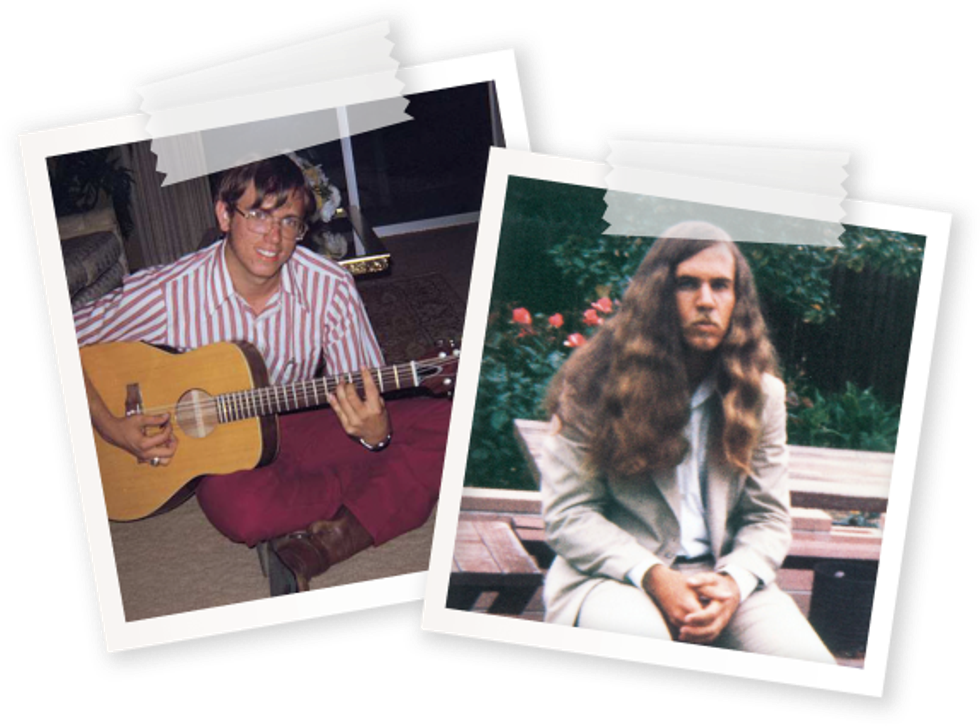
Bob Taylor (left) and Kurt Listug (right) circa 1973 – on the cusp of launching Taylor Guitars.
The Journey from a Small Shop to a Global Brand
In the inaugural episode of the podcast, titled “Episode 1: The Road to the American Dream,” Bob and Kurt reminisce about those early days, sharing the challenges and triumphs they faced in launching their own guitar company. After meeting at the American Dream shop, the duo eventually decided to buy the business and turn it into something even greater—a company dedicated to creating innovative, high-quality guitars.
Throughout the podcast, Bob and Kurt reflect on the pivotal moments that shaped the company’s growth, including their decision to implement groundbreaking guitar designs and their commitment to sustainability in later years. Taylor Guitars became known for its patented bolt-on neck, a feature that improved playability and ease of maintenance, as well as its forward-thinking use of responsibly sourced tonewoods. These innovations have solidified Taylor’s place as a leader in the guitar industry, setting new standards for craftsmanship and environmental responsibility.
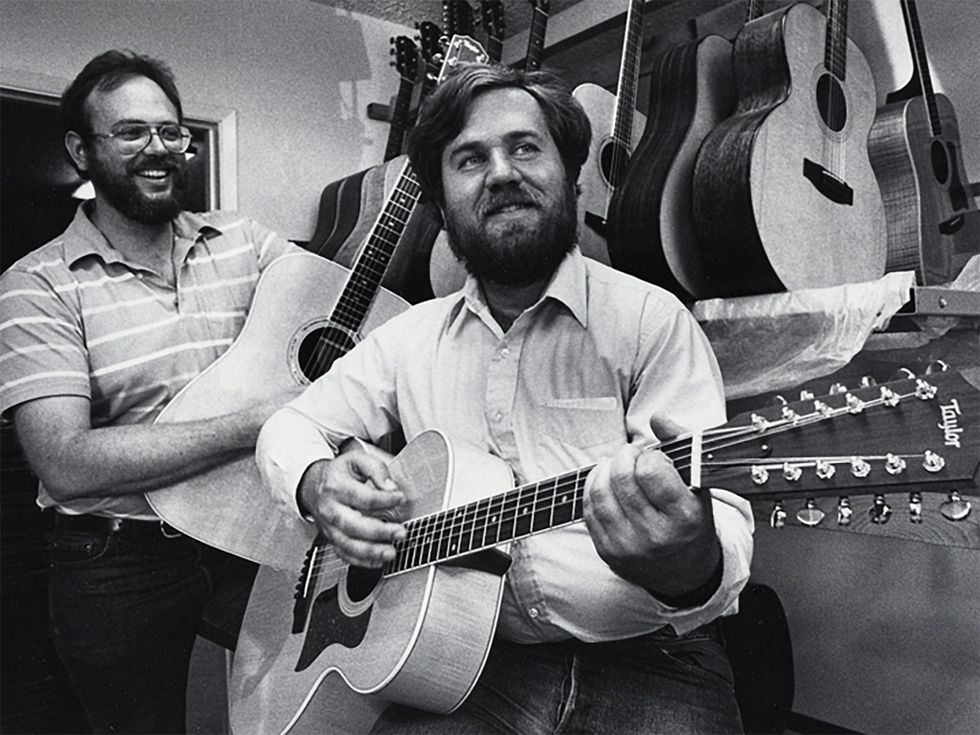
Bob Taylor (left) and Kurt Listug (right) enjoy some of their new instruments in 1985.
American Dreamers isn’t just a historical retelling; it’s a treasure trove of insights for fans of Taylor Guitars and those interested in the art of guitar-making. The conversations between Bob, Kurt, and host Dave Pelletier offer a rare behind-the-scenes look at what it takes to build a successful guitar company from the ground up. For aspiring entrepreneurs, guitar enthusiasts, and anyone curious about Taylor’s success, this podcast provides invaluable lessons in creativity, perseverance, and the spirit of innovation.
A Year of Reflection and Looking Ahead
As Taylor Guitars celebrates its 50th anniversary, the company is using this moment to both reflect on its past achievements and look ahead to the future. The limited-edition anniversary guitar collection and the American Dreamers podcast are just two ways Taylor is commemorating this milestone year. By sharing the personal stories of its founders and showcasing the craftsmanship that has made its guitars world-renowned, Taylor is giving fans and musicians an opportunity to connect with the brand on a deeper level.
New episodes of American Dreamers will be released periodically throughout the year, and listeners can tune in on their favorite podcast platforms or watch video versions of the interviews on Taylor’s website. Whether you’re a longtime fan of Taylor Guitars or someone interested in the art and business of guitar-making, this podcast promises to be an engaging and informative series that highlights the passion and dedication that have driven Taylor’s success over the past 50 years.
Be sure to follow or subscribe to American Dreamers to stay up to date on the latest episodes and visit Taylor’s website to explore the full range of anniversary guitars and learn more about the company’s 50-year journey.


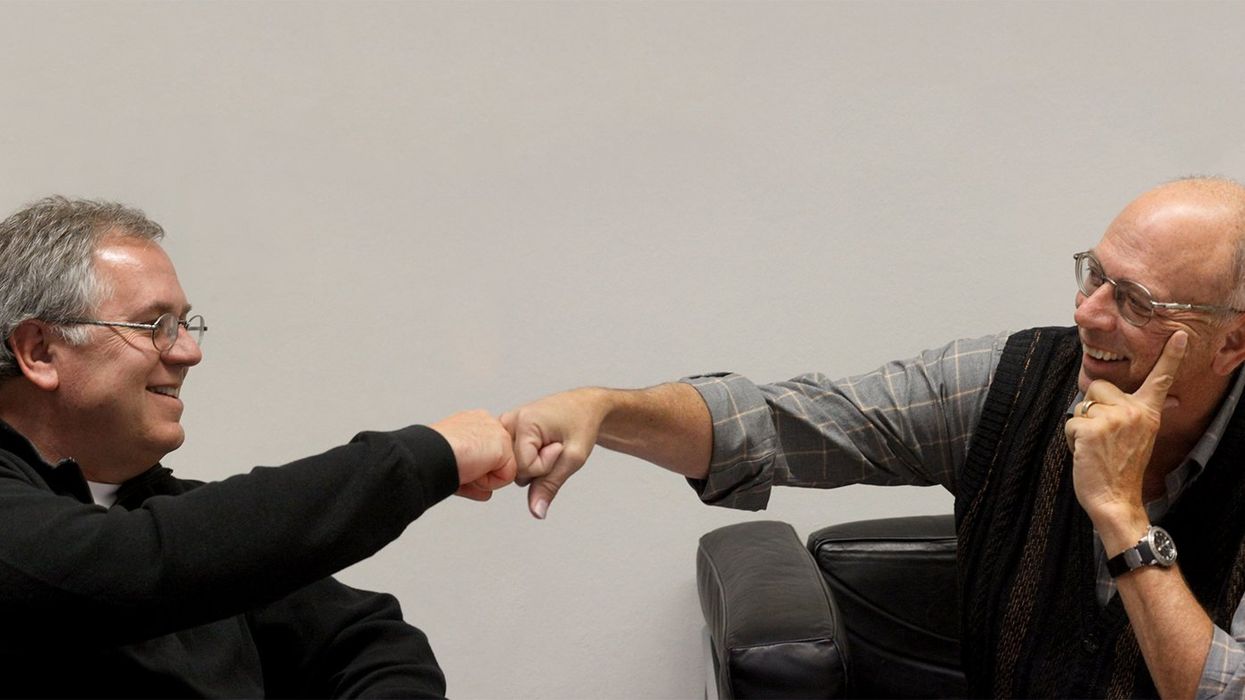


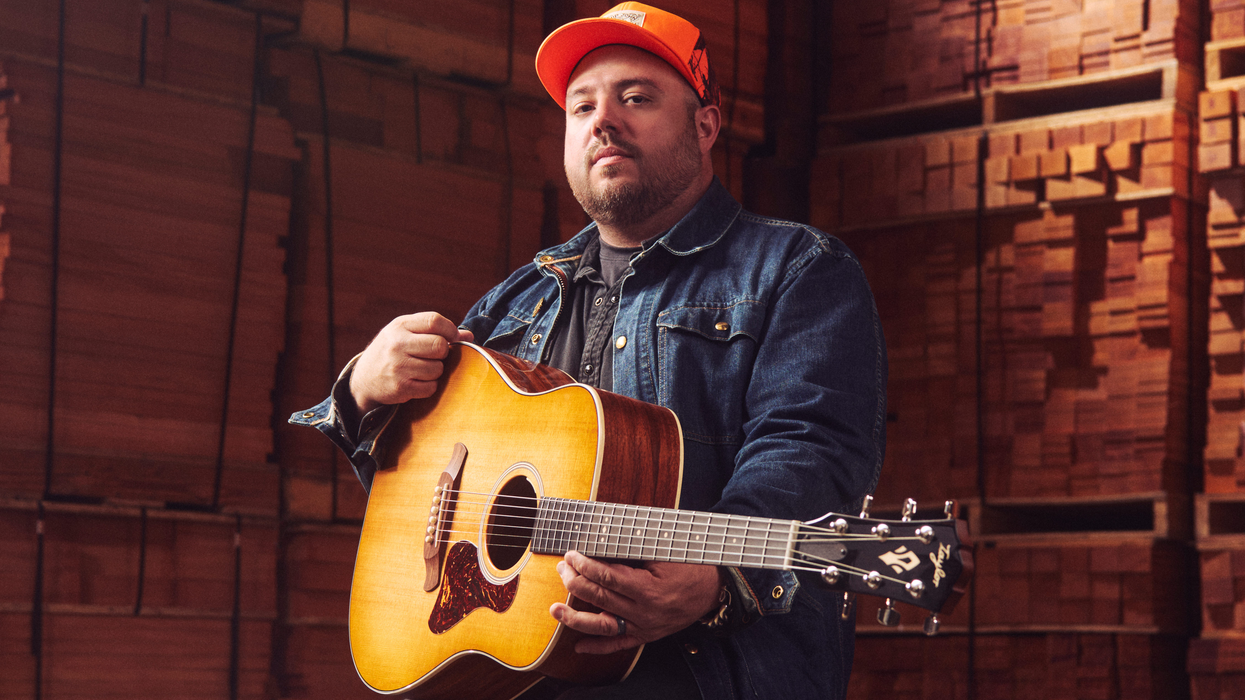






![Rig Rundown: Russian Circles’ Mike Sullivan [2025]](https://www.premierguitar.com/media-library/youtube.jpg?id=62303631&width=1245&height=700&quality=70&coordinates=0%2C0%2C0%2C0)


